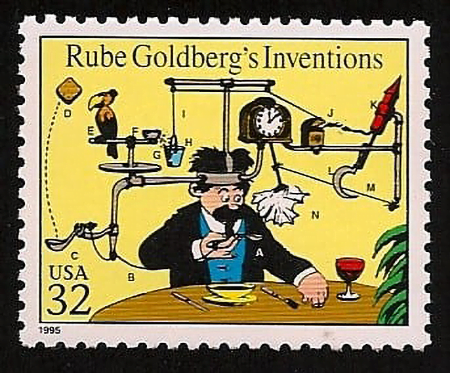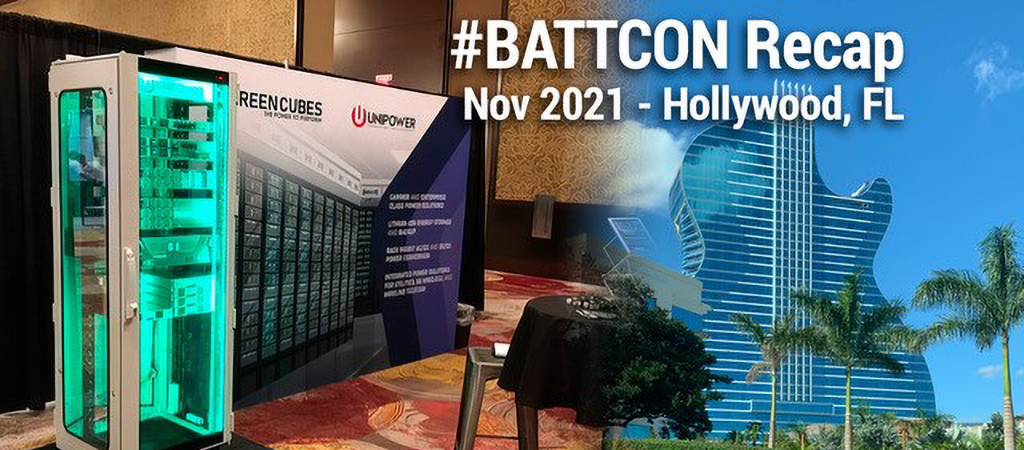Jerry Crump, Director of Business Development, GSE for Green Cubes, compares the merits of using Lithium-ion batteries to Lead-Acid batteries in electric GSE.
With the emergence of more and more electric Ground Support Equipment (eGSE), there is potential for great savings in Total Cost of Ownership (TCO) versus Internal Combustion engines (ICE) and Lithium-ion (Li-ion) batteries are rapidly replacing Flooded Lead Acid (FLA) as the preferred technology for similar reasons. In comparing Lead-Acid batteries versus Li-ion it is important to understand the hidden infrastructure costs for Lead.
For FLA, maintenance costs need to be accounted for along with battery watering and equalisation cycles that need to be tracked in order to ensure that warranties were complied with. FLA can also emit hydrogen when charging due to heating, so it needs to be charged in a properly ventilated space for safety. On the ramp, this is not usually an issue because there is typically enough air flow to allow for any off-gassing to dissipate; however, this can be an issue in
enclosed spaces, such as baggage rooms or battery rooms for equipment charging. In these areas, costly ventilation systems need to be utilised to ensure that the off-gassing during charging does not cause hydrogen buildups.
Read the complete article in Ramp Equipment News


